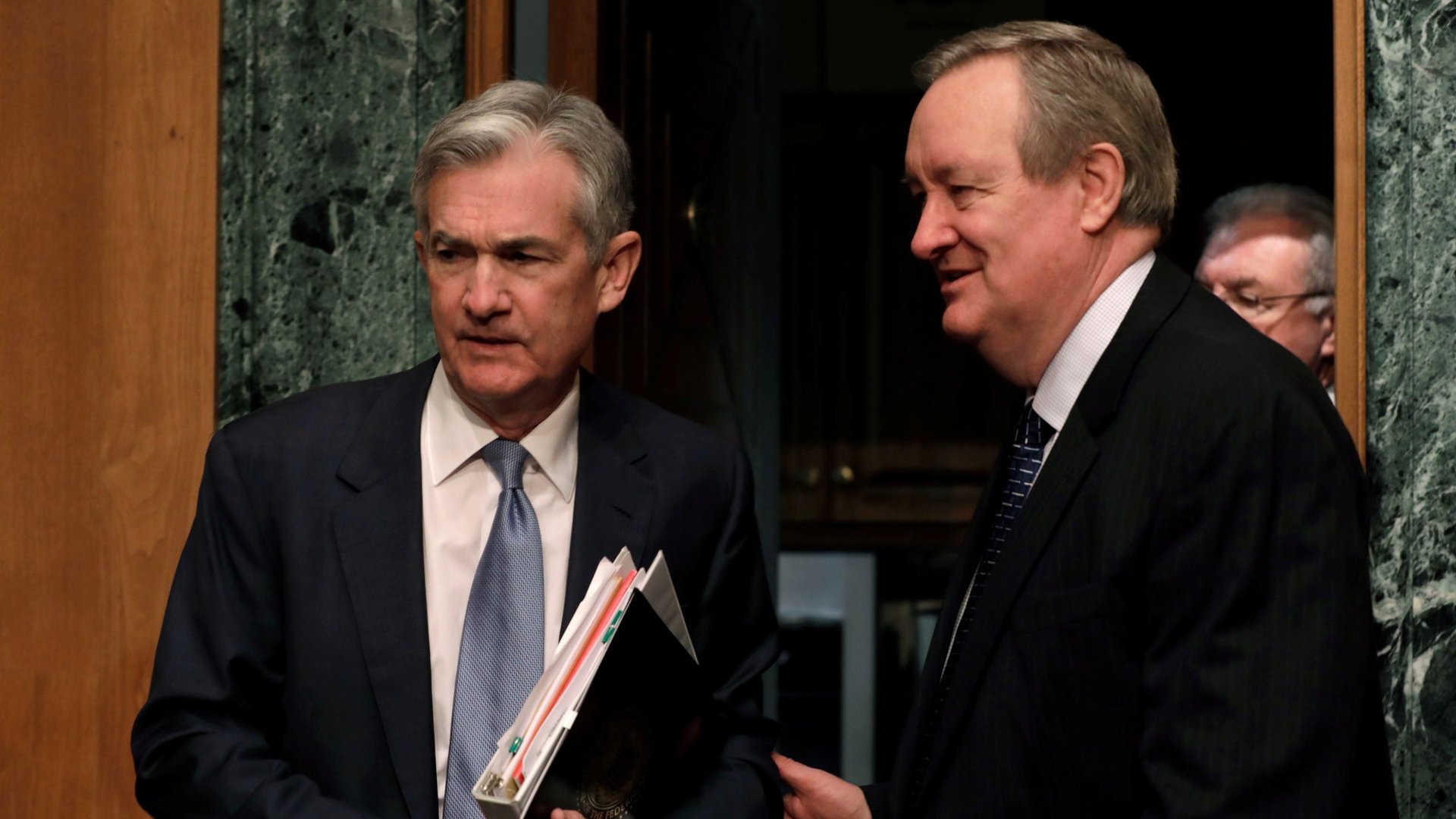The US Federal Reserve wants to roll back the Volcker Rule
A little over a week ago, US lawmakers dismantled key parts of a landmark bank regulation bill known as Dodd-Frank. The spirit of Dodd-Frank was to make sure that no bank would ever be too big to fail, and to keep banks from engaging in the kind of shady behavior that precipitated the 2008 financial crisis.


A little over a week ago, US lawmakers dismantled key parts of a landmark bank regulation bill known as Dodd-Frank. The spirit of Dodd-Frank was to make sure that no bank would ever be too big to fail, and to keep banks from engaging in the kind of shady behavior that precipitated the 2008 financial crisis.
Now the US Federal Reserve is rolling back even more bank regulations, with a proposal to gut the Volcker Rule. To go into effect, the proposal must now be reviewed by other federal regulation agencies, like the Securities and Exchange Commission, released for public comment, and voted on.
Wait, what’s the Volcker Rule?
Effective since April 2014, the Volcker Rule stops banks from certain kinds of investing. It also curbs how much business they can do with hedge funds and private equity funds, including short-term proprietary trading of derivates, securities, and commodity futures, and options on any of those investments.
The thesis of the Volcker Rule is that risky investment behavior will never benefit a bank’s actual costumers. It therefore makes it much harder for banks to make speculative bets—and profit off of—their depositors’ money, the kind of behavior that contributed to the financial crisis. It recalls Glass-Steagall, a 1933 law that fully separated high-stakes, fun, investment banking from the boring world of commercial banking.
If that sounds broad and vague, that’s partially because it is—one of the many criticisms the current Fed has of the rule. In contrast, some financial regulation advocates think even the current Volcker Rule isn’t strict enough.
How is the Volcker Rule changing?
According to the Fed’s proposal, banks will no longer have to prove that each and every one of their trades is not speculative. They can also now hedge: performing trades meant to counteract risks in other parts of the bank. The new proposal further loosens regulations on banks with trading assets and liabilities of less than $1 billion, and at small-volume trading desks that haven’t made or lost more than $25 million each day for the past 90 days.
Banks with trading assets and liabilities of $10 billion or higher will still be forced to follow the strictest rules, though they can now trade for themselves on a limited basis.
The new proposal has a surprising supporter—Paul Volcker, the former Fed chair for whom the bill was named. “I welcome the effort to simplify compliance with the Volcker Rule,” he said in a statement issued today. “What is critical is that simplification not undermine the core principle at stake—that taxpayer-supported banking groups, of any size, not participate in proprietary trading at odds with the basic public and customers’ interests.” Meanwhile, critics argue that’s exactly what the new proposal does, allowing banks to re-enter pre-2008 Wall Street wild country.
Only time will tell if the new rule could spur a speculative frenzy at banks. But 300 years of economic history suggest that financial regulatory rollbacks have an eerie way of coming back when times are good—and right before a financial meltdown. With unprecedentedly low US unemployment, calm inflation, and a bull market, things definitely seem good. The question is whether they’re too good to be true.